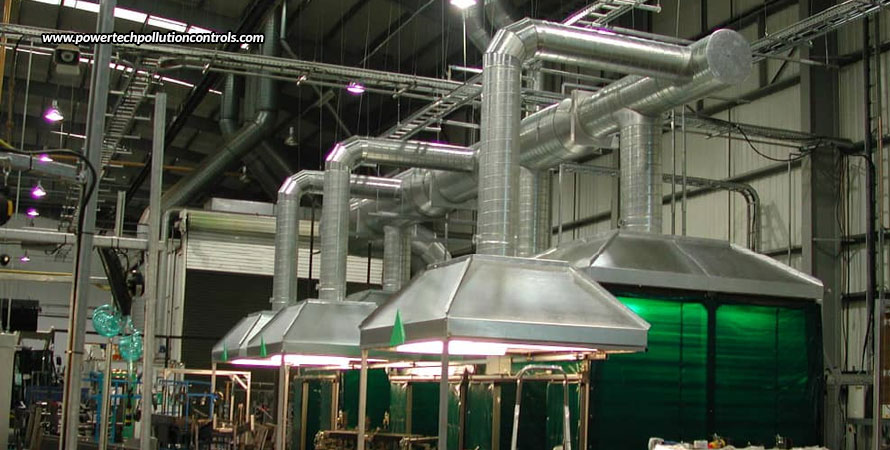
7 Things You Should Know About Welding Fume Extraction Hoods
How can you ensure that the welder is protected from fume exposure and that your welding fume extraction equipment is actually effective? A lot of it depends on where the extraction hood is placed. The following are a few of the most crucial considerations while using and placing a welding fume extraction hood in your workplace.
The hood is not a vacuum cleaner
Fume extraction arms and their hoods are not vacuum cleaners. They are low hoover extraction devices, and as a result, they lack the suction power necessary to remove the heavy particulates that may adhere to surfaces. They can, however, be utilized in some dust collection tasks, such as those involving pouring from one container to another. Other extraction methods, such as downdraft dust extraction tables or high vacuum on tool extraction kits, are typically needed for processes that release dust into the air, such as cutting or grinding.
Dimensions of the fume extraction hood should be considered before installation
Fume extraction arms can range in length from 3 to 16 feet and require 3 to 4 feet of clearance in addition to the mounting height. Make sure to select extraction arms whose size and length fit your workshop or welding station if you want the hood positioning to go successfully.
Improper positioning can leave welders exposed to hazardous fumes
Fumes from welding must be contained before they enter the welder’s breathing zone since they are harmful to human health. The extraction hood must therefore always be positioned to direct the fumes away from the welder. The hood should preferably be facing the welder, whether that is in front of him/her, to the left or to the right.
The hood must prevent fumes from escaping while not limiting the welder’s workspace
The welder’s work must not be hampered by the extraction hood’s close proximity to the fume source. Nevertheless, the hood shouldn’t be placed too far from the point of fume extraction because crosswinds could cause the fumes to escape the effective capture zone and travel to other parts of the workplace. This is why a distance that is equal to the diameter of the extraction arm is the general norm. An eight-inch extraction arm, for instance, should be set around eight inches away from the extraction source.
Fume extraction hoods do not remove or extract shielding gas
The welding torch’s shielding gas would need to be drawn from it in order for the hood’s suction power to match a hoover cleaner’s. A vacuum cleaner or on-torch extraction system draws air at substantially higher vacuum pressure than extraction hoods, which suck air at far lower vacuum volumes. As a result, the shielding gas is unaffected.
Fume extraction hoods are often misused as general ventilation hoods
Traditionally, a general ventilation hood mounted above the welding station was employed to extract welding fumes. Since it does not stop the fumes from entering the welder’s breathing zone, this method is no longer effective. Extraction hoods must never be placed above the welder and must never be utilized as general ventilation.
A fume extraction hood’s airflow may be reduced by excessive bending
An extraction arm’s airflow will likely become obstructed if it is folded almost entirely on top of itself. This will probably increase the airflow in the system’s resistance, lowering the hood’s ability to capture. This emphasizes how crucial it is to select fume extraction arms that are the proper size and length.
Once you’re clear about the above-mentioned concepts, you can then choose the right fume extraction hood. And for this, you must get in touch with expert welding fume extractor manufacturers, one like Powertech Pollution Controls, who are dedicated to fostering a safer and healthier work environment with its unique “Fumekiller” fume extraction system


